Australia/February 13, 2018/By: Paul Karp/ Source: https://www.theguardian.com
Three of seven key targets to reduce Indigenous disadvantage are on track to be met – but four still lagging after 10 years.
Three of the seven Closing the Gap targets were met in the past year compared with just one a year earlier, with the national childhood mortality and early childhood education measures back on track.
The updated measures of Indigenous disadvantage, which will be reported to parliament by Malcolm Turnbull on Monday, show the most promising results since 2011, and a marked improvement from figures released a year ago when only the goal of halving the gap in year 12 attainment by 2020 was on track to be met.
The remaining four targets, including a key one to close the 10-year gap in life expectancy between Indigenous and non-Indigenous Australians by 2031, are lagging.
As well, three of the remaining four targets – to halve the gaps in employment, reading and numeracy, and in school attendance for indigenous students – are due to expire in 2018.
The Indigenous affairs minister, Nigel Scullion, said Turnbull would use the occasion to build on the government’s $1bn Indigenous procurement policy and “unveil a range of new measures to turbo-charge the Indigenous business sector”.
In response Bill Shorten will promise a $9m compensation fund over three years for stolen generations survivors in the Northern Territory and Australian Capital Territory, part of a $17m package to address Indigenous disadvantage.
According to figures from the Department of the Prime Minister and Cabinet, child mortality has dropped by 33% between 1998 and 2015, with overall mortality down 15% in the same period.
Chronic diseases were also down with fewer Indigenous people dying from circulatory disease, which was down 45% from 1998 to 2016, respiratory disease was down 24% from 1998 to 2015 and kidney disease down by 47% from 2006 to 2015.
Scullion said “solid progress” had been made in other target areas compared with a decade ago, even where Australia is not on track to meet the benchmarks.
But progress varies across states and territories. All states and territories except the NT achieved the early childhood education benchmark.
South Australia, Western Australia, the NT and Australian Capital Territory met the grade for year 12 attainment. Only New South Wales met the employment benchmark. For reading and numeracy only Tasmania and the ACT did so.
In his speech to parliament Shorten will unveil a commitment to boost support for the families of stolen generations survivors and efforts to tackle the rising number of Indigenous Australians in out-of-home care.
The announcement comes 10 years after Kevin Rudd’s apology to the stolen generations as debate rages about the effectiveness of the Closing the Gap goals, following a report claiming the strategy has been “effectively abandoned”.
The Labor package would include payments of $75,000 to stolen generations survivors who were removed from their families, responding to a recommendation in the 1997 Bringing them Home report.
If Labor is elected, the scheme would be accessible to about 150 surviving members of the stolen generations in the Northern Territory and any survivors in the ACT and Jervis Bay, and includes $7,000 for one-off payments for funeral costs. Victoria is the only state not to have a similar compensation scheme.
Labor also proposed a national healing fund for the stolen generations and their families to pay for programs such as family reunion, return to country and aged-care services.
Since 2008 the number of Indigenous children removed from their families has risen rapidly from 9,070 to an estimated 17,664.
Shorten will promise to tackle those “unacceptably high” rates of out-of-home-care, with a national summit on First Nations children in the first 100 days of a Labor government.
Shorten will say the apology was “much more than a set of well-chosen words”.
“It was not just an expression of sorrow or regret – but a declaration of intent, a promise for action.”
He will say the commonwealth must live up to its rhetoric by not just saying sorry but “making good”.
The Indigenous health minister, Ken Wyatt, who suggested on Sunday that the government could still legislate an Indigenous voice to parliament outside the constitution, said the government is “committed to making a difference”.
“Closing the Gap is not just about government responsibility, it is also the responsibility of the myriad first nations and non-Indigenous organisations that receive funding for programs designed to address targets,” he said.
Kevin Rudd, who introduced the Closing the Gap strategy, said the original targets were always going to be hard to meet because “overcoming 200 years of disadvantage is a bloody hard thing”.
“So when people say they’re too hard and we’re not on track to meet them all, I say, ‘so what?’,” he told Sky News.
“Let’s not bash the targets, let’s enhance the targets but we should not water them down.”
Closing the Gap: progress report
• Close the gap in life expectancy by 2031: On track with overall mortality rate down 15% (from 1998 to 2015)
• Halve the gap in child mortality by 2018: Down 33% (between 1998 and 2015)
• Have 95% of all indigenous four-year-olds enrolled in early childhood education by 2025: On track
• Close the gap in school attendance by the end of 2018: little progress
• Halve the gap in reading and numeracy for Indigenous students by 2018: on track in the ACT and Tasmania
• Halve the gap in Year 12 attainment by 2020: on track
• Halve the gap in employment by 2018: on track in NSW
Source:
https://www.theguardian.com/australia-news/2018/feb/12/closing-the-gap-targets-in-childhood-mortality-and-early-education-back-on-track
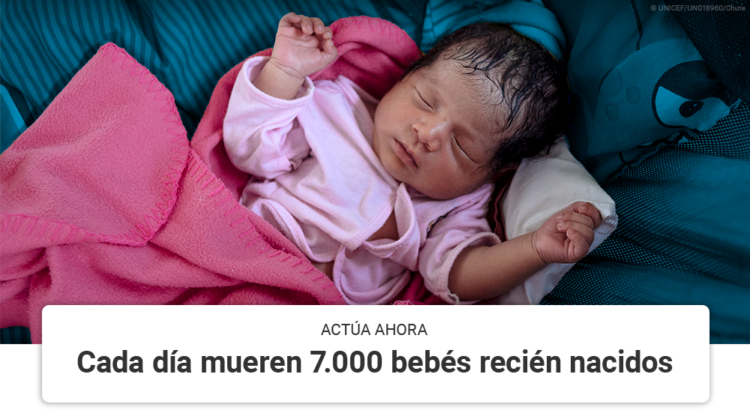
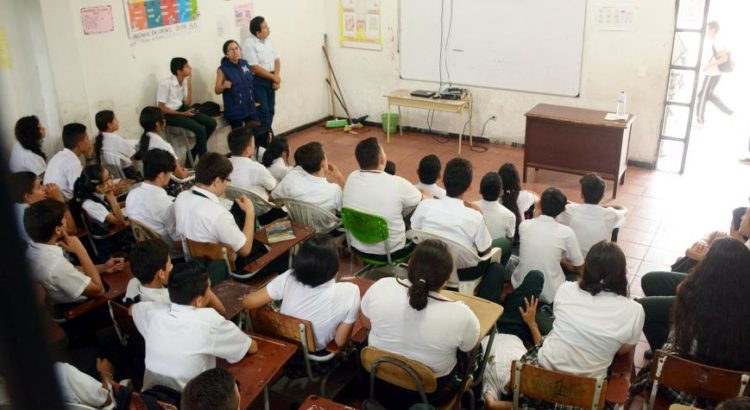
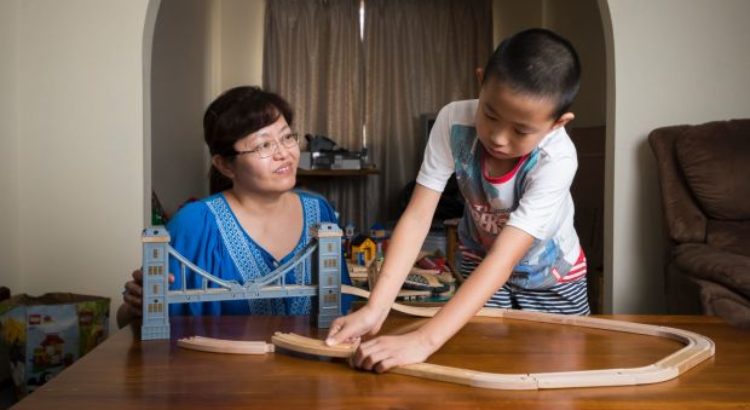

.png)
.png)
.png)



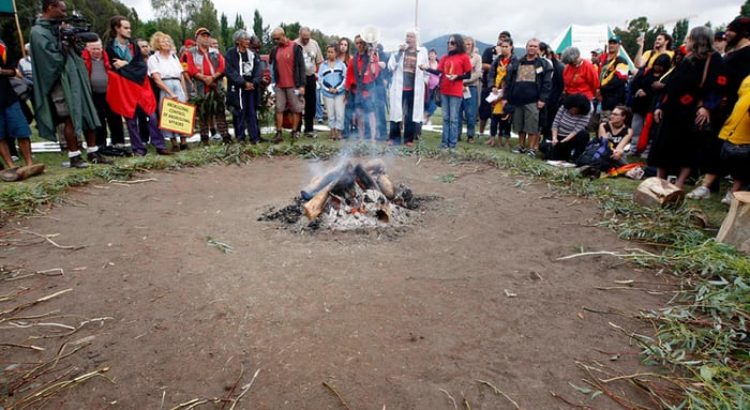

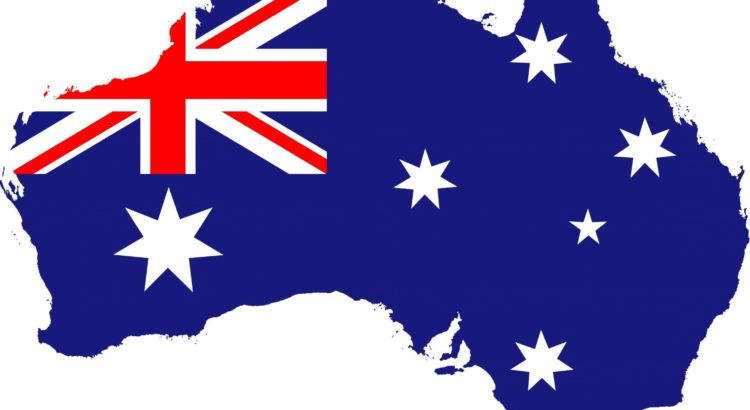








 Users Today : 24
Users Today : 24 Total Users : 35460233
Total Users : 35460233 Views Today : 29
Views Today : 29 Total views : 3418924
Total views : 3418924